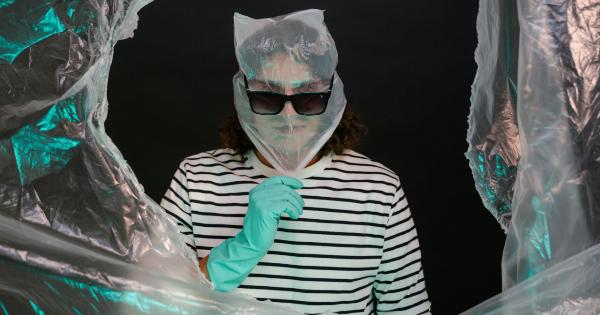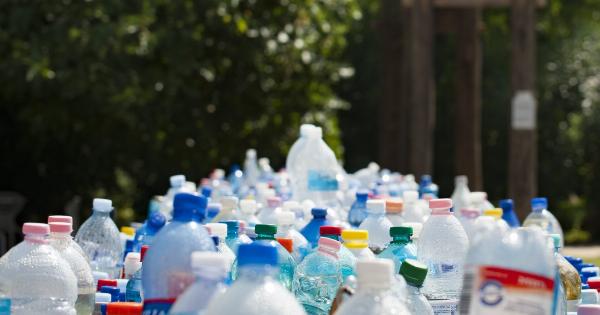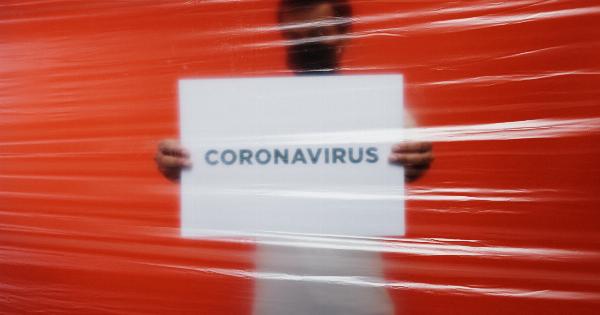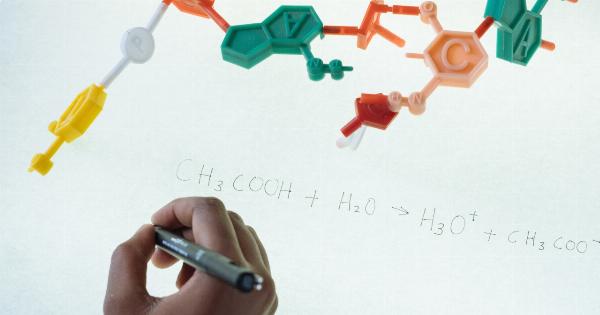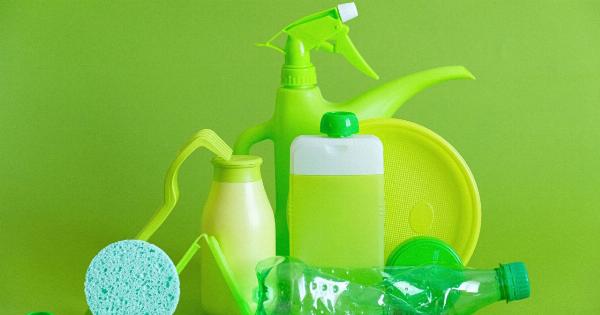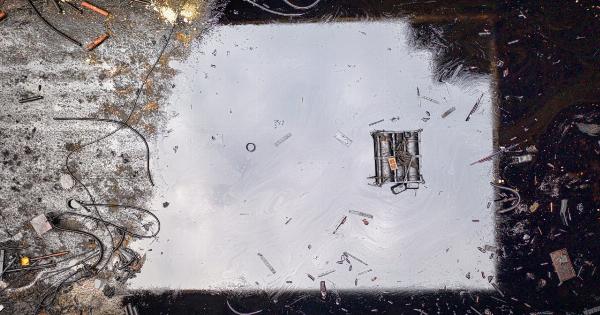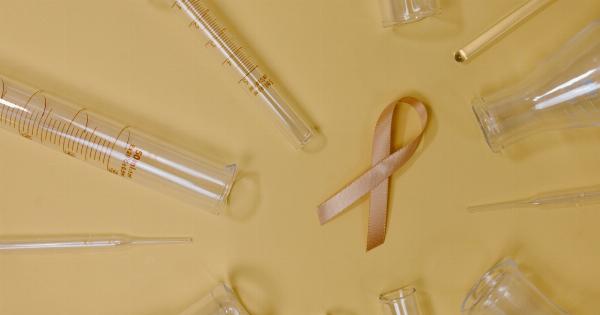Microplastics are becoming an increasing concern for human health, with the discovery of their presence in the food chain, water bodies, and even the air.
There have been concerns about their adverse effects on human health, and now, for the first time, researchers have discovered microplastics in human placenta.
What are microplastics?
Microplastics are tiny plastic particles that are less than five millimeters long. They can be shed from larger pieces of plastic, fibers from synthetic clothing, or produced from the breakdown of bigger plastic debris in nature.
They can be found everywhere, including oceans, air, soil, and even drinking water. The current outlook is that humans consume microplastics through eating seafood, drinking bottled water, and even inhaling contaminated air.
The discovery of microplastics in human placenta
A recent study conducted in Italy found microplastics in the human placenta, which is a sac that develops in the uterus during pregnancy and provides oxygen and nutrients to the growing fetus.
The study was the first to provide direct scientific evidence that microplastics can reach the developing fetus through the placenta.
The study method
The research analyzed six human placentas and discovered microplastics in each of them. The placentas were collected from healthy women during natural childbirth, and the researchers used a microscope to identify and count microplastics in them.
How did microplastics reach the placenta?
The exact mechanism of how microplastics reach the human placenta is still unclear. However, it’s possible that microplastics enter the body through ingestion or inhalation and then travel through the bloodstream to reach the placenta.
The potential risks of microplastics in the placenta
The potential risks of microplastics in the placenta are still uncertain and require more research to ascertain.
However, it’s known that microplastics can cause inflammation, oxidative stress, and damage to cells and organs in other parts of the body. The fact that the tiny particles can reach the developing fetus is not reassuring, and it raises concerns about potential long-term effects on the baby’s health.
What next?
Much more research is needed to understand the effects of microplastics on fetal and maternal health.
However, the discovery that microplastics can cross the placenta means that it’s a wake-up call for everyone to take action to reduce plastic pollution in the environment. Individuals can make changes in their daily lives by reducing their use of single-use plastics, recycling properly, and supporting eco-friendly policies.
Governments and international organizations must also take responsibility by enacting stricter laws and regulations to curb plastic pollution.
Conclusion
The discovery of microplastics in human placenta is a cause of concern and highlights the need for more research and public action on plastic pollution.
It’s increasingly clear that our plastic addiction has long-lasting impacts and not just on the environment but also on our health. Taking collective action to reduce plastic pollution will benefit humans, animals, and the environment for generations to come.





